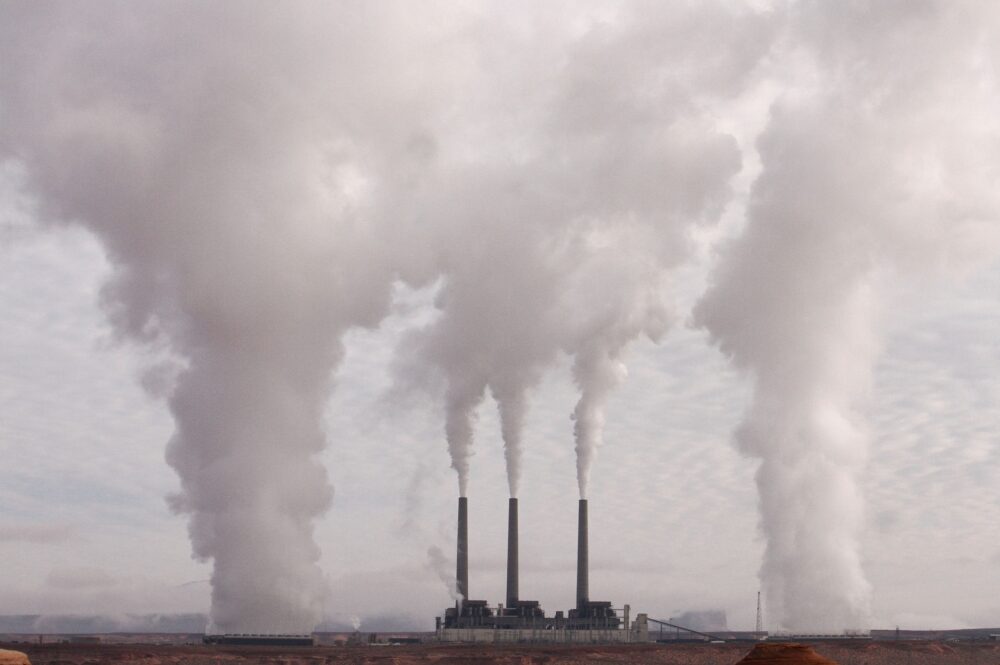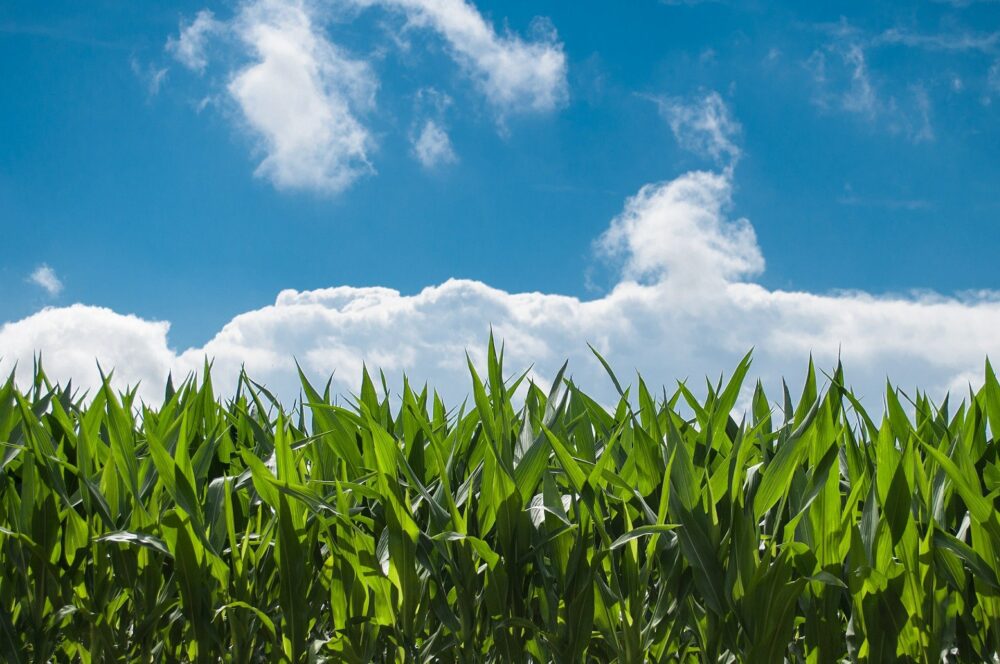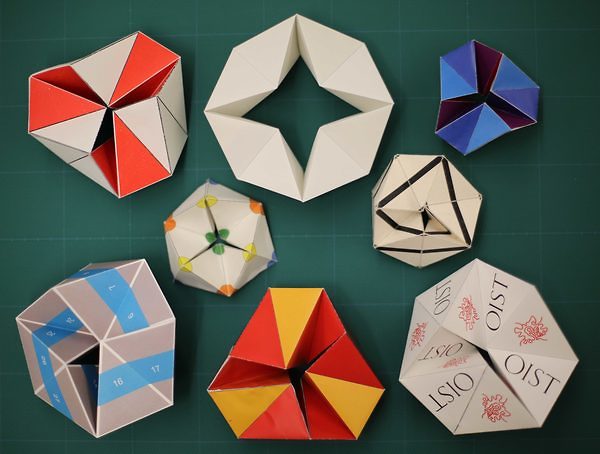Mangroves: The Coastal Forests
Mangroves: The Coastal Forests Source: Pixabay.com By Brian Cho, Bioengineering, 2023 As the waves ebb and flow on the coast, they crash into the thick, fibrous roots of the mangrove tree. As described by the National Ocean Service, the forests “can be recognized by their dense tangle of prop roots that make the trees to be […]
Mangroves: The Coastal Forests Read More »





